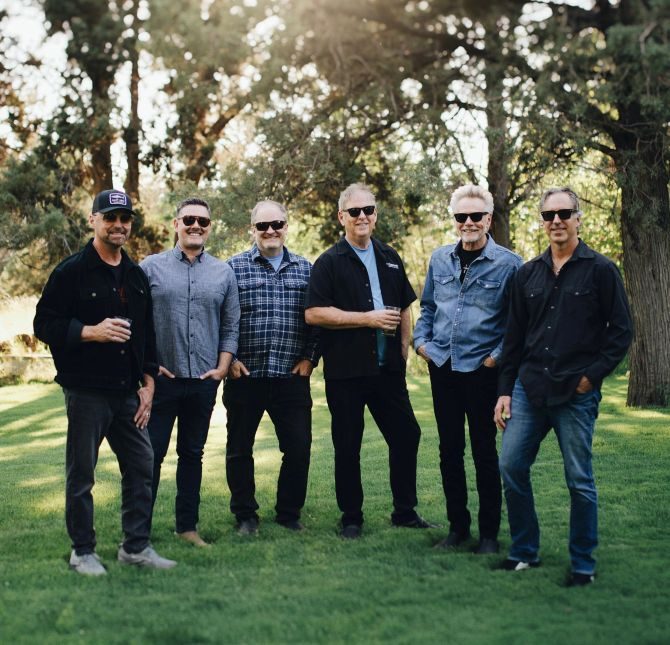Cheaper battery is unveiled as step to carbon-free grid
Published 12:00 am Thursday, September 27, 2018

- A rechargeable zinc air battery made by NantEnergy stores power at far less than the cost of lithium-ion batteries, which use scarce materials and are more vulnerable to fires and explosions.(Alex Welsh/The New York Times)
Lithium-ion batteries have become essential for powering electric cars and storing energy generated by solar panels and wind turbines. But their drawbacks are also familiar: They use scarce minerals, are vulnerable to fires and explosions and are pricey.
A plentiful, safe and more affordable alternative would be worth a lot.
On Wednesday, an energy company headed by the California billionaire Patrick Soon-Shiong unveiled a rechargeable battery operating on zinc and air that can store power at what it says is far less than the cost of lithium-ion batteries.
Tests of the zinc energy-storage systems have helped power villages in Africa and Asia as well as cellphone towers in the United States for the last six years, without any backup from utilities or the electric grid, Soon-Shiong said.
“It could change and create completely new economies using purely the power of the sun, wind and air,” Soon-Shiong, a surgeon and a biotechnology entrepreneur, said.
Soon-Shiong and his company, NantEnergy, presented the product at the One Planet Summit in New York, an event meant to further the goals of the Paris climate accords. He developed the technology with support from the World Bank.
The battery units, in conjunction with solar arrays, can be combined to create a microgrid system powering a village or a larger area, Soon-Shiong said. They have been deployed at more than 1,500 sites supporting 110 villages in nine countries in Asia and Africa — including places that otherwise relied on generators or even lacked electricity, he said.
The International Finance Corp., an arm of the World Bank fostering private-sector projects in developing countries, was an early investor in NantEnergy, and an agency representative sits on the company’s board.
The U.S. Department of Energy made development grants to NantEnergy (formerly known as Fluidic Energy) totaling $5 million, Soon-Shiong said.
NantEnergy, based in Phoenix and in El Segundo, California, says it expects to expand the use of its product in telecommunications towers and eventually to home energy storage, beginning in California and New York. Beyond that, it anticipates use in electric cars, buses, trains and scooters.
Soon-Shiong, who recently acquired The Los Angeles Times and is a part owner of the Los Angeles Lakers, made a fortune from the development of drugs to fight diabetes and breast cancer and the sale of pharmaceutical companies he had created.
His energy company says it is the first to commercialize the use of zinc air batteries and has more than 100 related patents. It is taking orders for delivery next year and sees the potential for a $50 billion market.
Soon-Shiong said the cost of his zinc air battery had dropped steadily since development began. NantEnergy says the technology costs less than $100 per kilowatt-hour, a figure that some in the energy industry have cited as low enough to transform the electric grid into a round-the-clock carbon-free system.
As part of the climate event Wednesday in New York, the World Bank announced a $1 billion program to promote deployment of battery storage in the developing world, a move that it said could unleash another $4 billion in investments.
NantEnergy’s batteries have been used to power communications towers, including a Duke Energy location in North Carolina that withstood the effects of Hurricane Florence recently and Hurricane Irma last year.
The product design is simple: plastic components and shell casing, a circuit board and zinc oxide, all in a package the size of a briefcase.
In charging the batteries, electricity from solar installations is stored by converting zinc oxide to zinc and oxygen. In the discharge process, the system produces energy by oxidizing the zinc with air. When it is time to charge, the process begins again.
The NantEnergy battery can provide power for up to 72 hours on a single charge, meaning it could have lasted throughout the period of cloud cover and stormy weather from Hurricane Florence in the Carolinas.
Dan Reicher, an assistant secretary of energy in the Clinton administration, said successful development of a rechargeable zinc air battery could be a milestone in energy storage. He said the challenge had been to make such batteries reliable for continuous use.
“That’s an attractive characteristic if it’s true,” he said.
But he cautioned that a battery’s cost per kilowatt-hour depended on the application and scale. And he said the company’s technology would have to live up to scrutiny.
“People do make claims and offer what they feel like is a legitimate set of data,” he said. “I’m always elated to hear progress in storage, but you have to be careful.”
NantEnergy said the systems it had already put in place had reduced the need for 1 million lead acid batteries, offset about 1 million gallons of diesel fuel and avoided the release of 50,000 metric tons of carbon dioxide since 2012.
Given its abundance, “zinc is what we call an essential mineral,” Soon-Shiong said. The company gets its zinc from Indonesia, he said, but substantial supplies are also available in North America.








